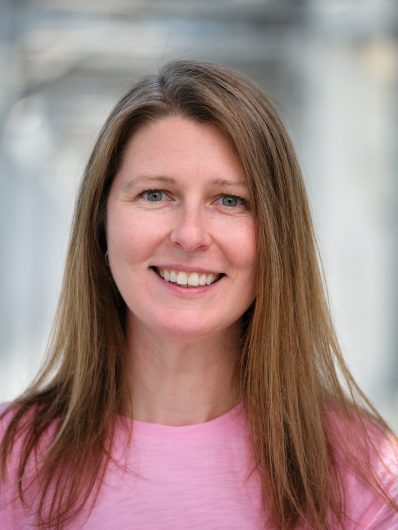
Jacqueline Sztepanacz
Assistant Professor
MSc, University of Ottawa
PhD, University of Queensland
- Phone
- 416-978-2457
- Office
- ESC 2068
- j.sztepanacz@utoronto.ca
Prospective Students:
I am currently accepting MSc and PhD students. Interested applicants should send a CV, an unofficial transcript along with a cover letter summarizing their research interests, academic background, and skills. Please check my lab website for additional details.
Research
I study how patterns of genetic variation, the genomic architecture of traits, and selection, all interact to facilitate or constrain evolution. Much of evolutionary biology is focused on explaining how selection has produced the vast phenotypic diversity that surrounds us. Estimates of selection in nature and in the lab provide evidence for strong and diversifying forms of selection, and rapid evolution is often observed in response to artificial selection or a change in environment. In light of these observations, the constancy of phenotypes that we observe in nature, over both short and long time-scales, is both striking and perplexing. I am particularly interested in the mechanisms that cause such evolutionary limits. My research answers questions like:
- How does genetic variance (the G-matrix) evolve under different selection regimes, particularly stabilizing selection?
- Under what scenarios does the shared genome of males and females limit evolution?
- Are most traits determined by a few genes, or many genes? Are the effect sizes of those genes related to how many traits they underlie?
- What is the predominant form of selection in a population and how can we estimate it better?
A current focus in my lab is to determine how apparent stabilizing selection and pleiotropy interact to shape the genomic architecture of high-dimensional traits.
In my lab we use Drosophila as an experimental organism. We take classic quantitative genetic approaches, use artificial selection experiments, and do genome wide-association studies. We also use simulations to investigate some of our questions and develop new statistical methods in evolutionary contexts.
